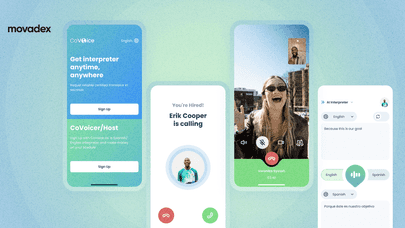“What a great meeting!” – said no one ever. Is there even a possibility to make the weekly meetups good? There is absolutely no guarantee that everybody will be satisfied with them, some people hate them, while others use them to be more productive and organized. Still, there are a couple of tips that will help you make these meetings useful for your team, and don’t forget about our ultimate goal – they must be useful.
Do We Need Them?
The first question you have to ask yourself and your team are whether you need the meetings at all. Let’s take the approach of three whats here:
- What will the team gain from these meetings? Your first thought should be about your team and how they will benefit from the meetings. 2. What will be on the agenda? There are many things that you could talk about and there is so little time: you must know exactly who should talk about what. 3. What is the ultimate goal of these meetings? The most crucial thing is the end goal that you are trying to achieve. Is it team building, better communication, more responsible and organized employees? If you never had any meetings like that before, make sure to talk to your team about how they feel about it. If they are hesitant or don’t want it at all – you won’t gain anything. Moreover, you will lose time and piss people off as a bonus!
So How Do I Make Them Useful?
Getting straight to the point, are we? Okay, it must be said: there is no magic formula for making awesome meetings that will make everybody want to come again. Let’s be real, chances are that everybody will think of them as a drag, yourself included. If you are reading this right now, you already do get you! Jokes aside, we all understand that sometimes you have to meet and talk about stuff. Important stuff. That’s what we are going to focus on.
Step One. Preparation is the Key
We all had that one (or maybe several) times when we just jumped on a call without even reading what is the project about or something like that. You might be a good talker and know your way around people, but spare your team the comedy. If you don’t have anything to talk about – they will know. You can’t just plan weekly meetings, show up and say basic things and let everybody talk like you’re in a class. If you want to make a good meeting, you have to prepare. The first step would be to think through the agenda. It is a great idea to create a written one that you will follow every time.
Step Two. 60 People? In My Zoom Meeting? It’s More Likely Than You Think
Do you really have to bring everybody? No. It’s not fun to just hang around until it is your turn and... you just say, like, what, two sentences? Great. So do think about who should really attend these meetings. Team leads, managers, and C-level employees are your best choice here. Others will just likely multi-task and contribute nothing to the meeting. And yes, it will be just a waste of time for the majority.
Step Three. Make It Short, Make It Useful
An important step in making your meetings good is limiting them to 20 minutes, as people do not have the biggest attention span, plus you don’t want to waste precious time. As for the agenda, you might want to skip the “plans for the week” or similar pointless points and spend the whole meeting doing something useful for a change. How about brainstorming ideas on how to make certain processes in the company better? It’s a great way to improve QoL for your team and does actually make sense to talk about. Another great thing to discuss is problem-solving for your current projects. Have an interesting project in the pipeline? You can come up with some awesome ideas! Just make sure to curate who attends this meeting, as it will not make sense for most people to be there. Just your designers and developers will do.
Step Four. Results!
You have the agenda set up, and that’s one thing. It’s just as important to have a short document of the things you have achieved at the meeting. Be sure to take notes of any important breakthroughs or touchpoints that catch your attention and might be useful. As hard as it may be to make a meeting seen not as a drag, it is possible to make it useful at the very least. Do not be discouraged from trying, but don’t overdo it!




